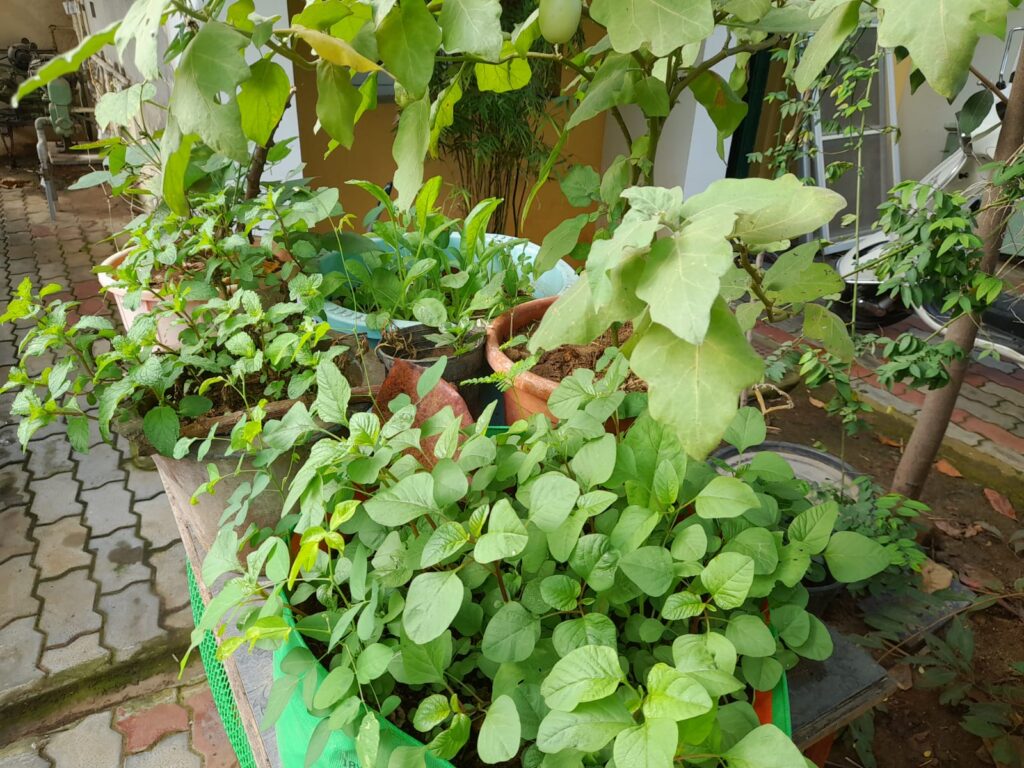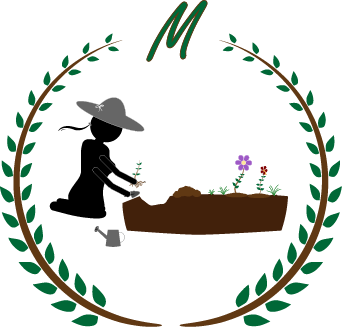The best soil for growing vegetables

If you want to grow vegetables by establishing your vegetable garden, then you must know the right kind of soil required for vegetables to grow well and produce yields. When soil is too compact and has no required nutrients, seeds fail to germinate. Keep reading to know what is the best soil for a vegetable garden.
Best soil for growing vegetables
In general, vegetables need soil that is loose and well-drained so that the roots can penetrate more easily. Also, the soil must have lots of nutrients and the ability to retain moisture. When lots of organic material is added to the soil, the growth rate and yields that vegetables give improve. At the same time, organic material acts as a sponge and helps moisture to retain in soil.
The three basic nutrients that vegetables need to grow are Nitrogen, Phosphorous and Potassium(N-P-K).
To increase nitrogen levels in soil, you can add composted animal manure to the soil.
To increase phosphorous levels in the soil, you can add rock phosphate. Bone meal and groundnut shells also help to improve phosphorous levels in the soil.
To improve potassium levels you can add wood ash. Banana peels also help to increase potassium levels is the soil.
Vegetables also need trace nutrients to grow well. Some of them include Iron, Manganese, Zinc, Calcium and Chloride.
Compost is another organic fertiliser that can be used in vegetable gardens. It is rich in macro and micronutrients that promote plant growth.
Vegetables grow best in well-draining soil that is rich in micro and macronutrients.
Best soil for growing vegetables
To prepare the soil mix for vegetables take 30 % sand, 60% compost and 10 % garden soil. If you are growing vegetables in containers mix 10 % perlite, 60% compost, 20% vermiculite and 10% sand.
Soil Ph
The majority of vegetables require a soil Ph between 6 to 7. Acidic soil has Ph less than 7. Alkaline soil has a Ph greater than 7. You can use a Ph tester to find your soil Ph.
Fertilizing vegetable plants
If you are growing vegetables in the garden, you can fertilize them 2 times during the growing season. If you are growing vegetables in containers you can fertilize them once in 3 weeks.
Conclusion
To conclude the best soil for growing vegetables is fertile sandy loam soil. You can either add organic matter(compost) to improve its fertility.
Here is how to make compost for your garden.
